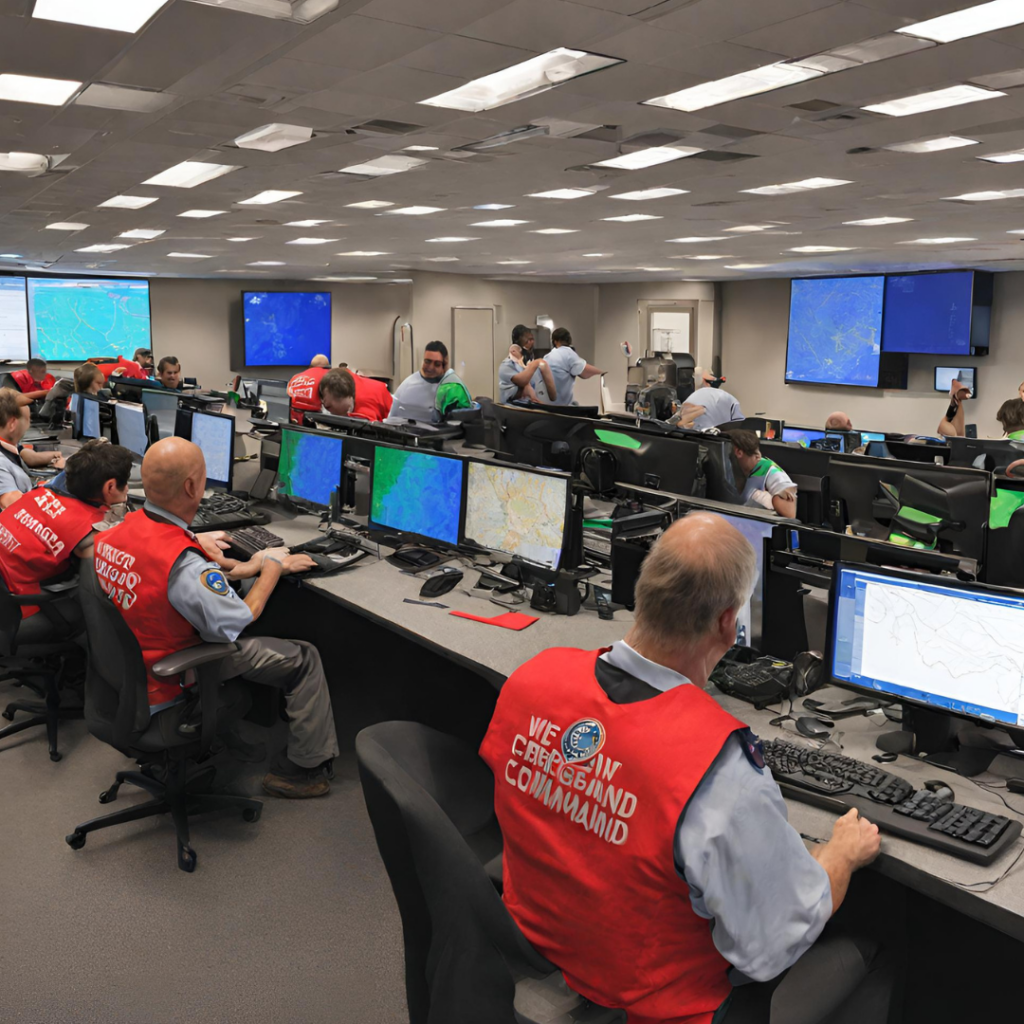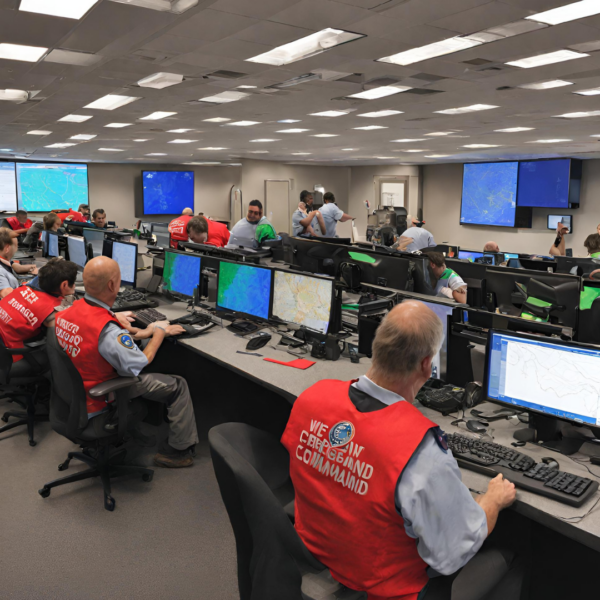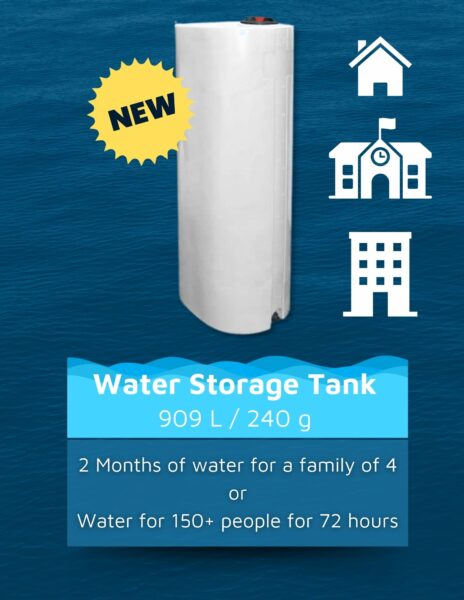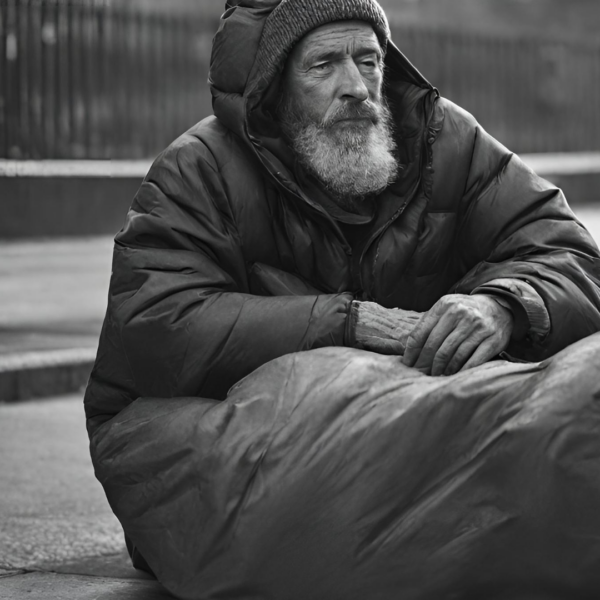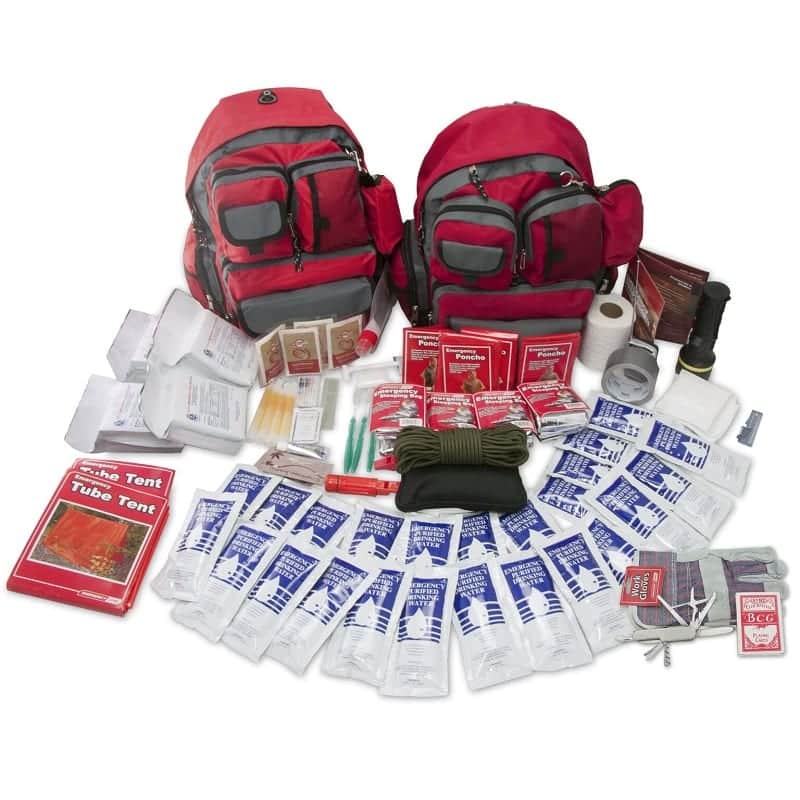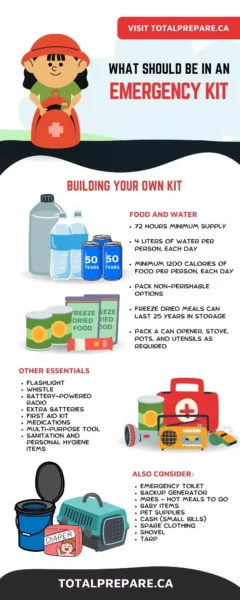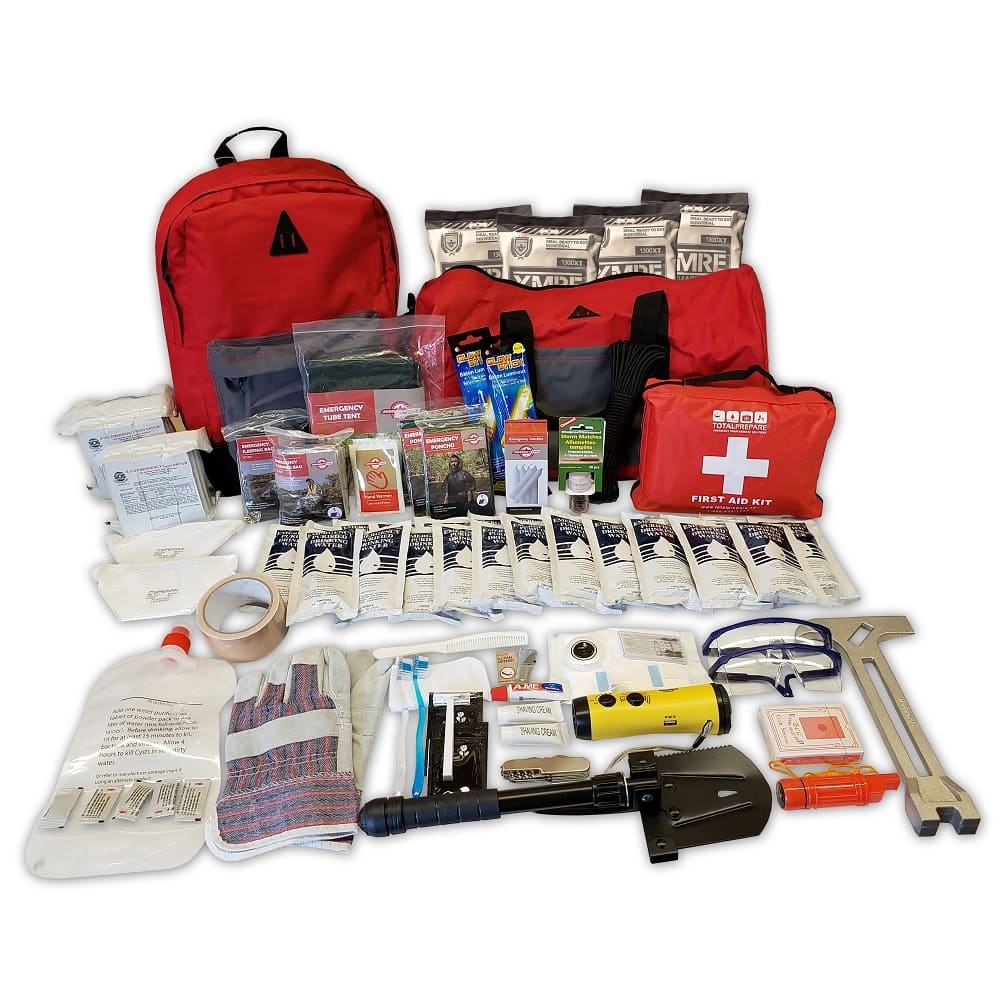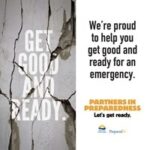Emergency Operations Centres (EOCs)
What is an Emergency Operation Centre?
The Emergency Operations Centre (EOC) serves as the central hub for coordinating emergency response and recovery efforts during incidents. While the Incident Command Post (ICP) manages tactical on-scene operations, the EOC assists by supporting and coordinating ICP activities along with other incident operations.
Operating under the Incident Command System (ICS), the EOC is structured into five distinct sections to effectively manage operations:
- Management: This section, overseen by the EOC coordinator, holds overall responsibility for directing and managing all EOC activities. It focuses on strategic decision-making, implementation, and review, ensuring alignment with the directives of the Emergency Planning Group (EPG).
- Operations: Representing on-scene emergency responders, this section facilitates coordination between the EOC and field operations, including the ICP.
- Planning and Intelligence: Responsible for receiving, evaluating, and analyzing disaster information, this section provides updated status reports to EOC management and field operations. It also conducts damage assessment and develops specialized technical assessments.
- Logistics: Tasked with procuring necessary supplies, personnel, and material support for emergency responses. This section handles functions such as personnel call-out, equipment acquisition, lodging, transportation, and food provision.
- Finance and Administration: This section manages cost accountability, purchase authorizations, documentation, and risk assessment.
Each EOC section is further organized into units and branches to fulfill specific functions. These sections are overseen by appointed chiefs who report directly to the EOC coordinator or the campus emergency director. The activation of functions within each section depends on the scale and nature of the incident at hand.
Other Roles of the Emergency Operations Centre
The EOC doesn’t directly oversee on-scene response efforts, but it fulfills crucial support roles by:
- Gathering, assessing, and distributing incident information, including public alerts and notifications.
- Analyzing jurisdictional impacts, maintaining maps and display boards, and establishing priority actions.
- Handling requests, acquiring, and managing the use of resources.
- Coordinating and communicating with federal, provincial, local governments, and other involved agencies.
- Developing plans for ensuring the continuity of government operations.
Conclusion
In conclusion, Emergency Operations Centers (EOCs) play an indispensable role in ensuring effective emergency response and recovery efforts. Serving as centralized hubs for coordination, communication, and resource management. By harnessing the principles of collaboration, adaptability, and strategic planning, EOCs not only enhance the resilience of communities but also foster a coordinated approach among those in emergency management. As frontline defenders against crises, EOCs stand as beacons of preparedness and unity, safeguarding lives, property, and the well-being of society at large.
For more information on Emergency Operations in action, you can check out this video from the Okanagan Operations Centre in action.

